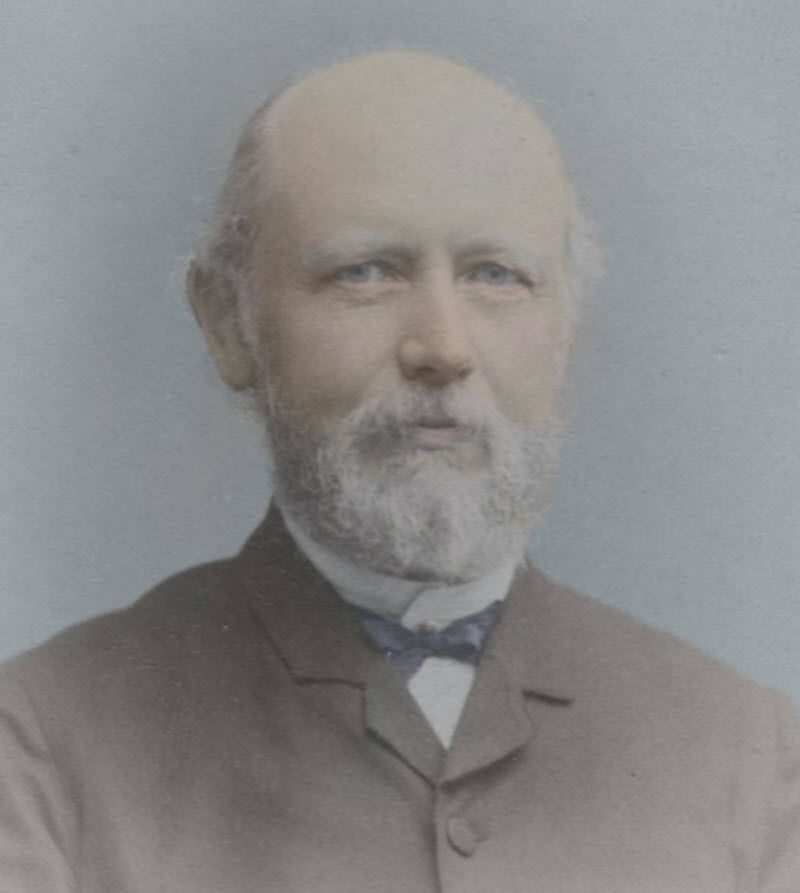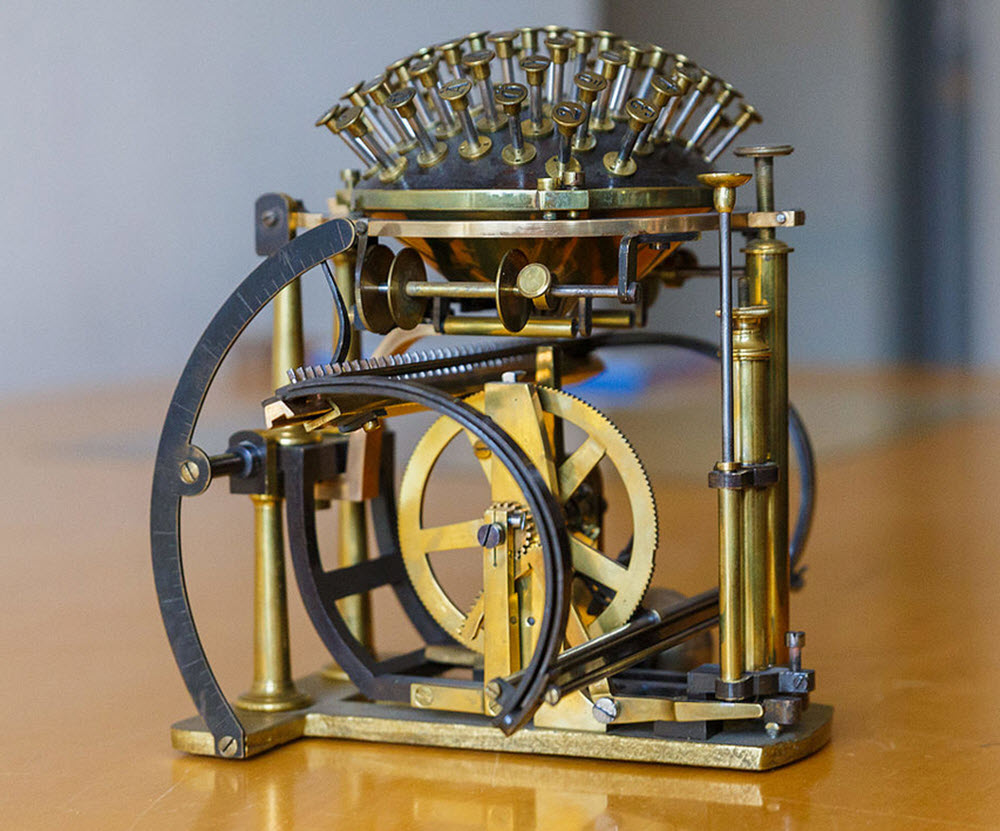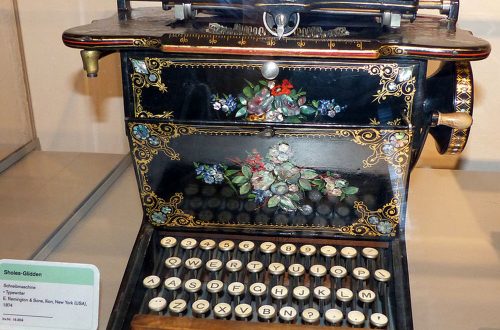Contents
The Hansen Writing Ball is an early example of a typewriter. It was invented in Denmark in 1865, and both patented and put into production in 1870. It was not the first typewriter ever made, but it did become the first typewriter in commercial production.
Notably, the Hansen Writing Ball was also the first typewriter where a user could produce text substantially faster than hand-writing.
The Danish term for writing ball is skrivekugle.
Can I buy a Hansen Writing Ball today?
Yes, but they are not cheap. They have not been produced in a very long time, and very few have survived. At auctions, more or less intact Hansen Writing Balls have sold for hundreds of thousands of Euro.
The early Hansen Writing Balls
The Hansen Writing Ball was created by Danish inventor Rev. Rasmus Malling-Hansen (1835-1890), who was also the principal of the Royal Institute for the Deaf-Mutes in Copenhagen.
In 1865, he created a porcelain model of the keyboard and experimented with how to place the letters to achieve the quickest writing. Eventually, he ended up with a solution where the fastest fingers struck the most frequently used letters, and where most of the vowels were on the left side and most of the consonants on the right.
He placed each letter on top of a short piston that went directly through the ball and down onto the paper, which further helped to keep the speed up. The original writing ball had 52 keys placed on a large brass hemisphere, and could only write upper-case characters.
The first Hansen Writing Balls in production had the paper attached to a cylinder inside a wooden box. The cylinder could be moved both rotationally (with the cylinder) and longitudinally (along the cylinder), in order for the user to format and space the letters manually. The user would attach one sheet of white paper and one sheet of colouring paper onto the cylinder and secure them using clips.
The person writing could not see the paper as the it passed through the device. That might sound very strange to us today, but not being able to see the paper passing through was actually to become a common feature on typewriters in the 1800s and did not remain limited to the Hansen Writing Ball.
The original Hansen Writing Ball was the world´s first electric typewriter, as it relied on an electro-magnet to control the typewriter´s movements and manipulation. A 10-cell or 12-cell battery powered the electro-magnet. In the typewriter´s clockwork was a mechanical escapement that served to control the electro-magnet, in order to move the carriage a fixed distance each time one of the pistons were pushed down.
Changes
Throughout the 1870s and 1880s, Malling-Hansen kept tinkering and experimenting with his writing ball and improved it in various ways, although the writing head itself remained unaltered.
- From 1874, the Hansen Writing Balls available for sale no longer had the paper attached to a cylinder, as the cylinder had been replaced with a carriage with a flat mechanical paper-frame that moved beneath the writing head. (An electro-magnet was still required to move the paper each time a piston was pushed down.)
- In 1875 Malling-Hansen received a patent for the so called “tall-model”, which worked without electricity. Instead, it had a mechanical escapement.
Use
The Hansen Writing Ball became a big success, especially in offices.
Later in the 1800s, it became difficult for its to compete with the cheaper Sholes and Glidden typewriter produced by E. Remington and Sons. The intricate writing ball was hand-crafted, while Remington used a method for much quicker mass production of typewriters.
In parts of Europe, the Hansen Writing Ball remained in use into the 20th century. We do for instance know that Hansen Ball Writers were still used in London in 1909.
Awards
Malling-Hansen received numerous awards for his ball writers, including First Prize at the 1873 World Exhibition in Vienna and then again at the 1878 World Exhibition in Paris. He attended both exhibitions in person.
Other inventions
Rasmus Malling-Hansen is also the inventor of Xerografi and the Takygraf. Xerografi is a copying technique, while the Takygraf was a very high-speed writing machine for stenography. Malling-Hansen invented both in 1872.

Friedrich Nietzsche
In 1882, Friedrich Nietzsche purchased a Hansen Writing Ball after corresponding with Malling-Hansen. Nietzsche hoped that the machine would allow him to continue writing despite his serious vision problems.
Nietzsche’s writing ball was the most recent model at the time; the lightweight portable tall one with a colour ribbon. (Serial #125.) He wrote approximately 60 typescripts on it, but never really got it to work properly. New research indicate that the machine had actually been damaged a bit during transport (Nietzsche lived in Italy at the time), and that the local mechanic who tried to fix it only caused more injury to it.
Interestingly, Nietzsche claimed that his thoughts were influenced by using a typewriter instead of writing by hand.
In February 1882, he wrote a poem about his writing ball.





